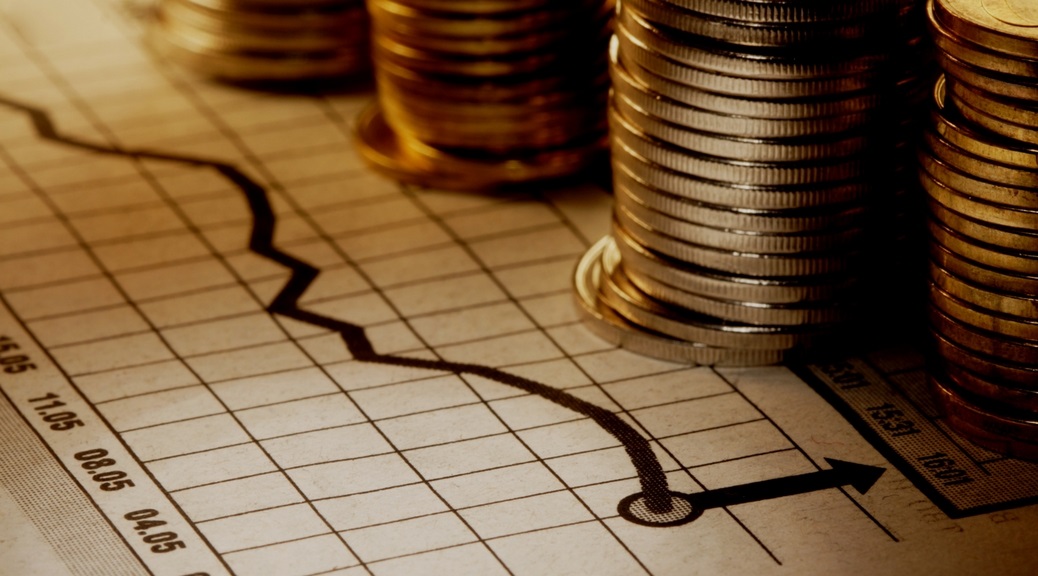Breaking down common bank accounts can help you understand the different banking options available to you. This Finance 101 topic will cover everything you need to know about the different types of checking, savings and additional accounts offered by common and online banking institutions.
Whether you are in need of signing up for a new account, or interested in learning about the different benefits offered in common bank accounts, understanding your options is crucial in maximizing how your money sits and gains interest. So get ready to take some notes about the most effective accounts for you!
Checking Accounts
We will start with checking accounts because they are the most commonly used. As the name indicates, a checking account is used for consistent transactions that require use of checks or purchases.
Most checking accounts are linked to a debit card for convenience. Checking accounts can also be used for writing checks and online payment processing.
Financial institutions such as Wells Fargo, Chase, Bank of America and many others offer different types of checking accounts. The accounts are usually differentiated by their type and the different benefits they provide, as well as their designated audience.
For example, Chase and Wells Fargo offer College Checking Accounts for students. These accounts include lower fees and balance requirements when compared to standard accounts.
Checking account perks
Basic checking accounts generally include a free debit card, free online banking and bill pay access, free access to ATMs specific to the financial institution, and account alerts.
More advanced checking accounts will include all of the basic account benefits listed above with additional perks, typically including: interest bearing accounts, free or discounted checks, free overdraft protection, and free or discounted money orders, traveler’s checks, and cashier’s checks.
It is common for any account to have a monthly service fee. The fee is usually waived (or reduced) if your account meets certain requirements, including but not limited to: average daily balance, age, number of monthly purchases, linked to a savings account, and a minimum monthly direct deposit amount.
So how do you know what bank and checking account is right for you? We suggest you write a list of everything you will need when it comes to your account. Here are some starting questions to ask yourself:
1. If I don’t have direct deposit, will I need a bank that is close to me for paycheck deposits?
2. Do I plan on pulling cash out of an ATM a lot? If so, what are the common ATMs near me for convenience?
3. Will I be writing a lot of checks or mostly using my debit card?
4. Will I have a large balance in this account?
5. Will I need online banking and bill pay access?
When you have a general idea in what you need in your new checking account, you can start researching different financial institutions. Most banks offer features of their products and services online. You can compare the benefits to see what works best for you.
Also, if you plan on having a large balance and won’t usually need to visit a branch, you may want to consider a Credit Union. Credit unions typically have minimal fees and higher interest rates than common banks like Bank of America and Chase. Your goal should be to have a checking account with no fees that gains interest!
Savings Accounts
Another common account is the savings account. A savings account allows you to accumulate interest, on a fixed rate, on funds you are saving and don’t plan on using.
Most Interest rates are compounded on a daily, weekly, monthly, or annual basis. Similar to checking accounts, savings accounts vary by monthly service fees, interest rates, method used to calculate interest, and minimum opening deposit.
The goal of a savings account is to maximize your financial growth through time. The more money you add to your savings and the more time the money is in the account, the higher it will grow.
Keep in mind that here is a monthly limit on how many times money can be transferred out of your savings.
If you start transferring money out of your savings on a consistent basis, you run the risk of having your account be changed to a checking account automatically. If you are just starting to save, we suggest opening a basic savings account.
Until you have accumulated enough funds to move on to higher interest bearing accounts, it is in your best interest to start small to avoid higher service fees. Read 6 Common Bank Fees Explained for more information on account fees.
High Yield Interest Accounts
When you have saved enough money to meet the minimum balance requirements of more advanced savings accounts, you can choose an account that best meets your savings goal.
The most common types of high yield interest accounts include Money Market Savings accounts, online savings accounts and Certificates of Deposit (CDs).
Specific High Yield Accounts
A Money Market Savings account is similar in functionality to that of a savings account; however the balance requirement is significantly higher. Another difference is that savings accounts usually have a fixed interest rate, while money market accounts have rates that vary regularly based on money markets.
Money market accounts usually have tiered interest rates, providing more favorable rates based on higher balances. Most financial institutions will provide a list of current rates for you to review prior to opening an account.
The next type of high yield interest account is an online savings account. These are very similar to money market accounts, except as the name applies, they are online accounts. When we say online accounts, we mean accounts that are managed by online banking institutions.
The most common online banking institutions include Ally, American Express and Barclays. Check out the Raya’s Recommendations page to see which ones Raya uses and recommends.
These online institutions do not have physical branch locations; however, this allows for them to assess little to no service fees, and allows them to provide members with significantly higher interest rates. Read The Skinny on Online Banks for more details.
Breaking down the interest
So let’s run some numbers. Let’s assume you have $10,000 to designate to a savings account.
If the current interest rate at American Express Bank is 2.10% APY, and the current interest rate for a credit union money market account is .30% APY, then your total savings after one year would be $210 with American Express Bank and $30 with the credit union.
The gain with the online savings account is significantly higher than with the physical bank account. This situation is ideal if you know you won’t need quick access to your funds, (which you shouldn’t if you are saving).
However, if you do need to transfer funds, you can link your online savings account to your checking account with another branch and transfer free of charge. There is usually a 2-3 day lag time for transferring funds.
CDs
The last type of high yield interest account we will be discussing is the Certificate of Deposit, or CD. A CD allows you to save a certain amount of money over a certain amount of time with a pre-set interest rate.
CDs often have the highest interest rates out of all the different types of accounts because your money is tied up for the life of the CD. Most CDs range in life from six months to five years. This is the most ideal high yield account if you know you that won’t need the funds for a long period of time.
Before signing up for a CD, make sure you do not need the funds until the end of the CD term, as most CDs will assess a hefty penalty fee for early withdrawal.
Related: Banking Basics: Options for You
We have provided you with the most important things you need to know about the different types of accounts that are offered. We strongly encourage you to find the checking and savings account that is best for you.
Make sure you have a solid budget in place so that you can maximize your profits on anything you save. Check out the City Girl Savings personalized budgeting plans to get you on the right financial track!
Did you learn anything new today? If so, please leave your comments below. Feel free to share your experiences with different banks and financial institutions with the community!






6 thoughts on “Finance 101: Checking, Savings, High Yield Interest Accounts”
I like what this article mentions about checking accounts being more fluid than other accounts. I think that having the majority of my savings in high yield accounts such as a CD could be beneficial if I keep some in a checking account in case of emergencies. I’ll have to keep this in mind when looking at different accounts.
Tyler, you should also consider high yield savings account. They keep your cash liquid but still have the high interest rate of a CD.
I think that it is better if someone has a savings account. I think that we can be prepared for any unexpected events when we have a savings account. This article is very helpful. Thanks for sharing this article.
I also think that it is very important that we have a savings account. I think that with the help of this we will be able to have a good savings for the future. Thanks for sharing this article.
Great post! I also think that it is very important for us to have saving account. I think that by having this, we can definitely secure our future and be able to have more money in the future.
I think that we must definitely need to have savings account. I think that by having this, we can definitely be able to save money and be prepared for unexpected events. Thanks for sharing this article.